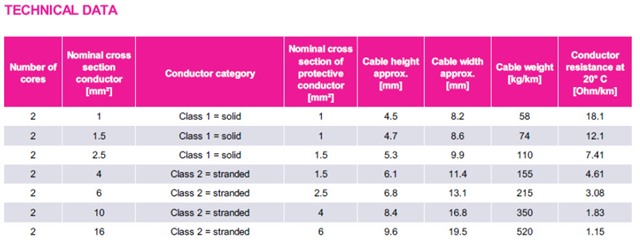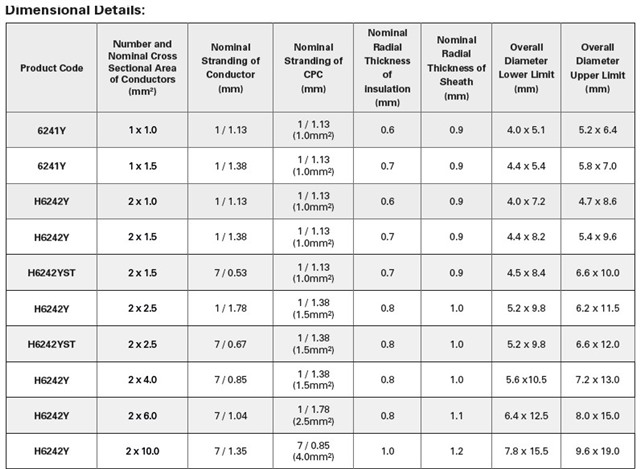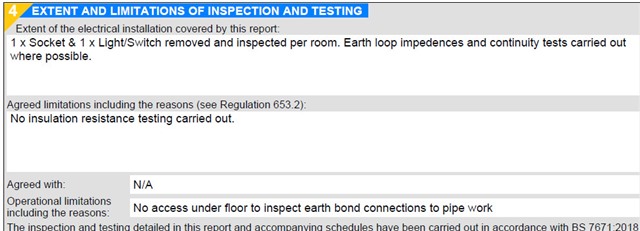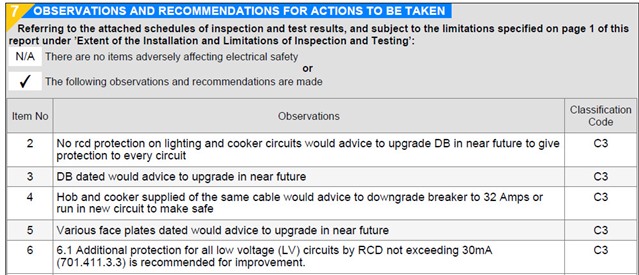Hello,
I would be grateful for some advice with regard to a rewire and CU upgrade after an EICR and because of the age of the installation...
We recently had an EICR done on our property by a rather young Electrician. The Electrician flagged up a couple of items that need sorted out. No RCD on lighting circuits and the 40amp mcb down to a 32amp mcb for cooker circuit on a 6mm cable. He said we need a full rewire and the CU needed to be updated. The cabling is all in old red and black within the grey coloured PVC twin and earth.
We have only one RCD protecting 2 x 32amp 2.5mm rings for all the sockets in the house including the kitchen, gas central heating boiler, 1 extractor fan on a spurred FCU , 1 spurred FCU outdoor socket and 2 spurred FCU outdoor lights. Oven and Hob on a 6mm radial on the 40amp mcb. 10.5kw Shower 10mm radial 50amp mcb. All the lighting circuits are on the non-RCD side of the single split board on 6amp MCB's, with 1 Extractor Fan with no isolation but on the lighting circuit too. We have a single cooker switch above the worktop for our inset worktop Hob and built under worktop Oven.
The Electrician said the cooker circuit was against the regulations. Both the Hob and Oven are supplied from a single gang double outlet plate below and behind the oven. He said that they could not be supplied by one cable from the CU.
I don't really know this Electrician his name was passed onto me from a builder I met on a site. He is registered with the Niceic. The Electrician I would have normally used who I have known for years, is no longer in this country and lives overseas. I contacted him and forwarded a copy of the EICR report and he flagged a couple of issues with the report. After a few chats with him he said that it looks like the the young guy is not quite up to speed with the regulations judging by his report.
When I was at work, the young guy was at our house for just over an hour and charged £125.00 My mate says he has not done a complete and proper EICR on our house considering to do it properly would have taken at least half a day and should have cost more than he charged.
I have since found another Electrician who is happy to do all the work and he has been recommended by a friend.
Our property is a 3 bed ground floor flat built in 1888 stone building. By all accounts, a rewire was done and a new metal CU was fitted in the 1980's. There's no paperwork but the CU has a label on it saying; Type tested to B.S.5486, Part 13, 1989.
We had the DNO out in 2019 because I thought the Head looked a bit dodgy. Black stuff was leaking out of it. They surveyed it and replaced it immediately. The DNO Electrician said it was an old bitumen head and they replace them as a matter of course upon discovery. He also fitted a new double pole isolator on the tails and renewed the Earthing.
The kitchen has a lowered plasterboard ceiling and all the wiring drops from above. I assume because there's a concrete floor.
The bathroom is right adjacent to the kitchen and has a tank cupboard fitted in the corner. All the cabling for the kitchen comes under the floor from the CU and up through the tank cupboard in a corner box. At the top of the box there has been a removable access panel installed. This also acts to hide a huge hole in the dividing wall into the kitchen lowered ceiling void where all the cables go through and run around the walls dropping down at various points. The cabling to the kitchen is 40m from the CU. All the internal walls are brick or stone.
From previous investigations that were done by British Gas when we had a new boiler fitted. They said all the wiring in the house is shielded with 50mm wide galvanised capping lengths so the guys found it easy to pull-in new cables. They done away with one of our double sockets that was sitting below the new boiler location in the kitchen corner and used it for boiler wiring.
We intend to fit a new full RCBO CU but, should we rip-out all the older wiring and replace this too?
Another thing... The great debate about kitchen final ring circuits on 2.5mm 32amp mcb.
Should we change it to a 32amp RCBO 4mm circuit instead of a ring seeing as we intend to fit a full RCBO CU?
Cable is not an issue. I can get a 100m roll of 2.5mm, 100m roll of 1.0mm and 50m roll of 4mm. And numerous half rolls and the like... My old friend says I can go round to his Dad's workshop and get whatever cable I need. It was left there when he went abroad. I have agreed an excellent price with him.
Well, that's about it... any advice welcome.
Thanks



